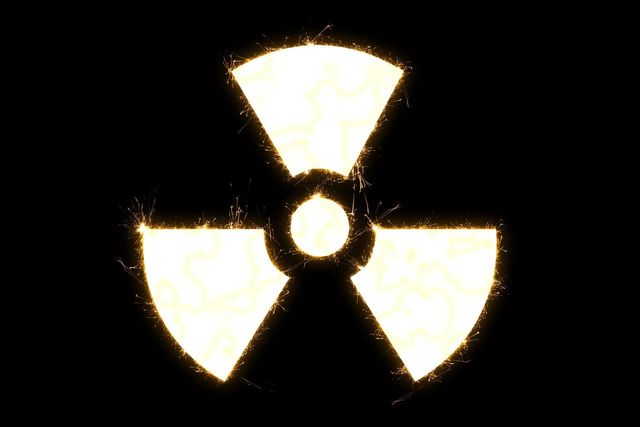
Are you interested in a career in uranium mining? It's important to know all the facts first. Find out here.
With the arrival of uranium mining in Western Australia just around the corner, there are still many grey areas. For people interested in this field of work, it’s important to do your research and know the facts before diving into a career in the uranium mines. To help you navigate your way, we’ve answered a few frequently asked questions to make sure you’re informed before you pick up that hi-vis vest and helmet.
1. Is it safe?
With more than 50 years of experience in applying international radiation safety regulations, the practice of uranium mining is well within the strict standards set by national and state governments and the recommendations of the International Commission on Radiological Protection.
In fact, Australian radiation safety regulations today are among the most comprehensive and stringent in the world, with radiation doses at Australian uranium mines well within the regulatory limits. In Australia all uranium mining operations are undertaken under the Codes of Practice and Safety Guide for Radiation Protection and Radioactive Waste Management in Mining and Mineral Processing.
The Code, which was updated in 1995, 2005 and 2015, sets strict health standards for radiation and radon gas exposure for both workers and members of the public. Uranium mines in Australia are also proactive when it comes to reducing radiation doses, even voluntarily adopting the most recent international recommendations on dose limits long before they were part of regulation.
2. Will I be exposed to radiation?
We are exposed to a small amount of radiation at all times from natural sources such as cosmic radiation, rocks, soil and air. And while uranium itself is only slightly radioactive, radon, an inert gas released into the atmosphere in very small quantities when the ore is mined and crushed, is regarded as potentially hazardous. Therefore, for people involved in uranium mining there is potential exposure to radiation and special care must be taken to ensure that exposure is limited.
3. How is uranium handled in a mine site?
To reduce radiation exposure, the International Commission for Radiological Protection has established recommended standards of protection for uranium mine workers based on three principles:
- Justification: It must produce a net benefit to those exposed or to society in general.
- Optimisation: Radiation doses and risks should be kept as low as possible, with economic and social factors considered.
- Limitation: Exposure of individuals should be subject to dose or risk limits above which the radiation risk would be deemed unacceptable.
In order to achieve these three recommendations and protect the health of workers, a number of precautions are taken into account when handling uranium:
- Implementation of programs on education and training
- Regulation on the limit for exposure for mine workers, where once these are reached you can no longer work in the mine for a certain time
- Dust is monitored and controlled through sophisticated detection and ventilation systems, and in extreme remote cases where the ore is very high grade, remote handling techniques are employed
- The use of radiation detection equipment including devices called dosimeters, which monitor workers’ levels of exposure to radioactive material
- Routine monitoring of air, dust and surface contamination
- Strict personal hygiene standards imposed on workers handling uranium oxide concentrate
4. Could it affect my health long term?
Working in a uranium mine could potentially affect your long-term health in several ways depending on the type of radiation, the level of radioactivity and the way in which you’re exposed.
External exposure to alpha and beta radiation can be reduced by wearing personal protective equipment such as gloves, work clothing and safety glasses, using light-weight shielding, and employing careful work practices to ensure radioactive dust is not spread around.
You could also be exposed internally through digestion, inhalation or absorption through the skin. Therefore, enforcing high personal hygiene standards for workers who come into contact with uranium and having up-to-code dust suppression and respiratory protection is essential. Radon is not the only uranium-mining-associated human health concern, with silica dust and diesel exhaust being two other notable inhalation risks, both of which can increase lung cancer risk. However, this long-term health impact is reduced with improved ventilation in modern mines.
5. What qualifications do I need to work in a uranium mine?
Mining in Australia employs approximately 130,000 people, with only 1200 in uranium-related jobs. Therefore, given the competitive nature of the industry, it’s integral that you’re qualified for the specific role.
Depending on the type of job you wish to apply for, tertiary or TAFE qualifications are needed. The industry also faces some unique skill requirements relating to the specific characteristics of uranium mining, so past experience is always desirable. Additional requirements of the job might include minimum age, drivers’ licenses, first aid training, and medical testing.